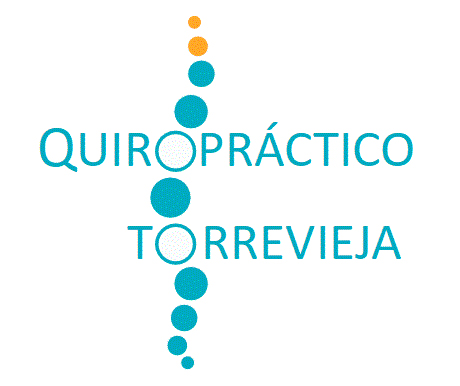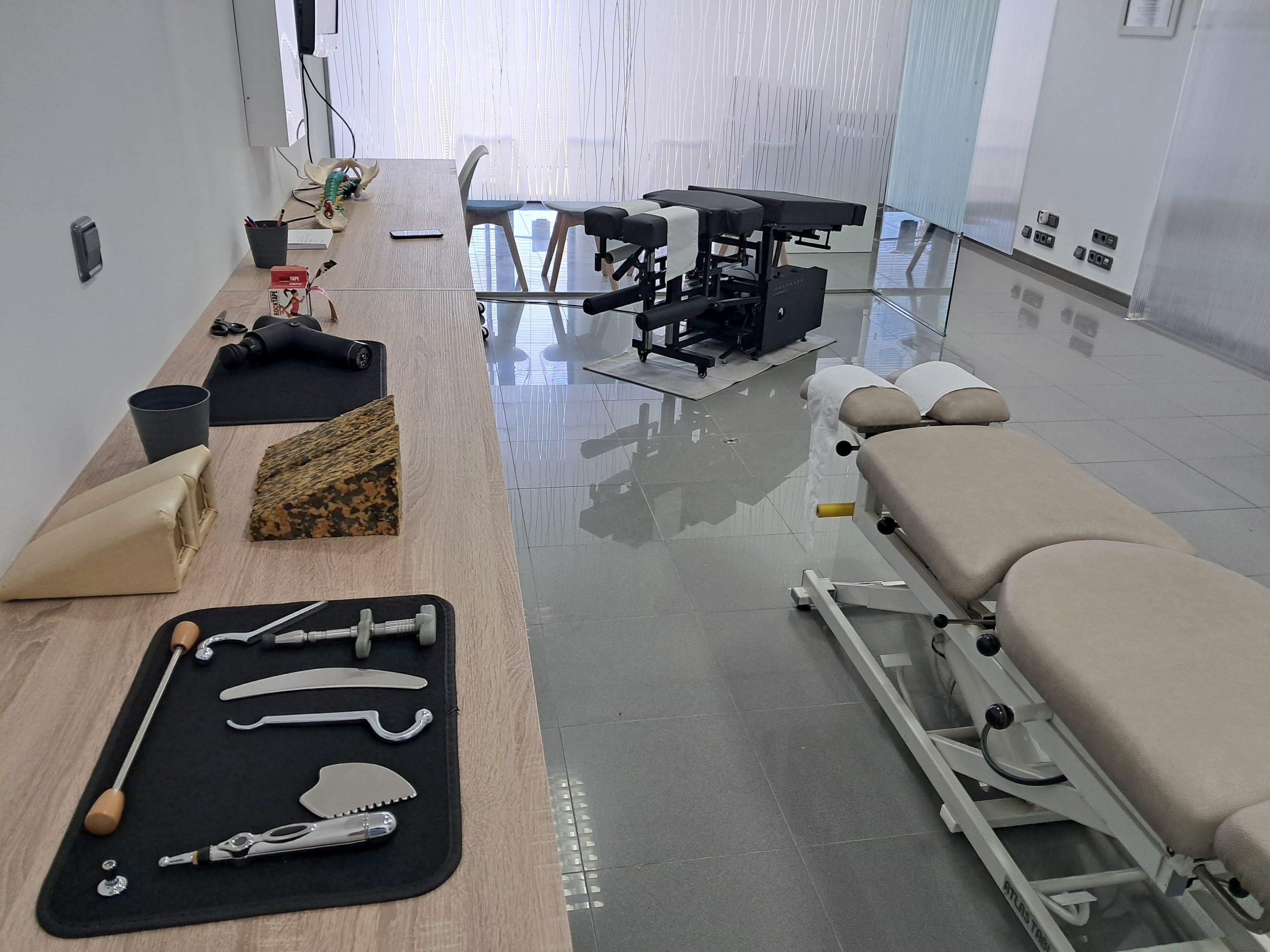How can chiropractic help us?
Chiropractic is based on the idea that optimizing spinal function and alignment can improve various aspects of health.
Benefits of Chiropractic
- Relief of back and neck pain
Many people turn to chiropractic care to treat pain in the lumbar or cervical areas. By adjusting the spine and relieving possible compressions or misalignments, muscle tension can be reduced and mobility improved. - Improved posture and spinal alignment
Chiropractic techniques aim to correct postural imbalances. A well-aligned spine helps properly distribute loads and reduces the risk of muscle overload. - Increased joint mobility
Manual adjustments can help release joints that are blocked or have a limited range of motion, improving both mobility and joint function. - Reduced nerve compression
When vertebrae are misaligned, they can place pressure on spinal nerves. Correcting this misalignment helps decrease irritation of peripheral nerves, which may improve associated symptoms such as sciatica, certain radiculopathies, and neuropathies. - Potential improvement of nervous system function
Chiropractic care is based on the principle that a nervous system free from interference can function more efficiently, enhancing the body’s ability to self-regulate and recover. - Support in injury rehabilitation
In some cases, chiropractic is combined with therapeutic exercises and postural guidance to aid recovery from musculoskeletal injuries, such as sprains, disc protrusions, or episodes of acute pain. - Reduced reliance on pain medication
By providing manual, non-invasive pain relief, chiropractic care can help decrease the need for medication in certain patients. - Holistic approach to healthy habits
Many chiropractors include guidance on exercise, nutrition, and postural habits, aiming not only for temporary relief but also for long-term improvements in quality of life.
If you suffer from the following conditions
For all these reasons, chiropractic care achieves excellent results in cases of cervical, thoracic, and lumbar pain, sciatica, pain in the upper limbs, and disc disorders (protrusion, hernia).
Contractures, numbness, headaches, dizziness, stress, and peripheral neuropathies.
Scoliosis or other postural problems, such as dorsal hyperkyphosis, leg length discrepancy (short/long leg), and core or deep muscle dysfunction.
Aftereffects of whiplash injury.
Hip pain, coxalgia, piriformis syndrome, trochanteric bursitis, or femoral bursitis.
Shoulder pain, rotator cuff injuries, adhesive bursitis or frozen shoulder, tennis elbow, and golfer’s elbow.
Chiropractic protocols are also applied to support chronic pain conditions:
- Fibromyalgia, central allodynia, chronic fatigue.
- Rheumatism, arthritis, autoimmune conditions.
- Depression, Parkinson’s disease, neurovascular migraines,
Cluster headaches.
At Chiropractor Torrevieja
we can help you with the following conditions:
Back and Neck Pain
Chiropractic is a healthcare profession recognized by the WHO and the European Union for the treatment of musculoskeletal disorders, especially conditions affecting the entire spine — cervical, thoracic, and lumbar. After a thorough evaluation of your condition, we offer the full range of techniques and expertise of our profession to achieve the relief you seek. Our approach is painless, safe, effective, and adapted to every age and condition. Chiropractic care is for the whole family.
Disc Hernias
The resolution and improvement of disc disorders is the hallmark of our clinics.
We have been dedicated for many years to the recovery of disc structure through various decompression techniques, currently using spinal manipulations and flexion/distraction tables.
In addition, our protocol is complemented with support for nerve irradiations (sciatica, radiating pain in the arms, etc.) to achieve greater effectiveness.
Headaches, Migraines, and Dizziness
There are many different types of headaches — tension headaches, occipital neuralgia, mechanical headaches, neurovascular migraines with or without aura, cluster migraines — as well as various forms of dizziness of cervical, vascular, or neurological origin (vestibular, cerebellar). A prior diagnosis is essential in all these cases in order to provide the most appropriate response in our clinic, or to refer you to the most suitable specialist depending on the situation.
Posture, Growth, and Scoliosis
Postural changes can subject the musculoskeletal system to often painful compressions or torsions and may accelerate the deterioration of joint or disc structures. It is important to limit their negative influence, especially during adolescence, when they typically appear. A postural assessment for adolescents around the age of 12–13 is highly recommended.
Joints, Contractures, and Tendinitis
We apply manipulative or mobilization techniques to peripheral joints, as well as treatments for soft tissues, fascia, muscles, and tendons in both upper and lower limbs. These approaches can be summarized as part of the group of manual therapies.
Sciatica and Neuropathies
Neuropathies are a malfunction of one or more peripheral nerves, leading to pain and loss of motor and/or sensory function. The causes are multiple. They may appear as a consequence of mechanical nerve compression (such as sciatica or carpal tunnel syndrome). They can also result from diabetes, exposure to toxins or certain medications, autoimmune phenomena, nutritional deficiencies, or be hereditary. In our clinics, we apply the protocol of the “Neuropathy Treatment Centers of America.”

